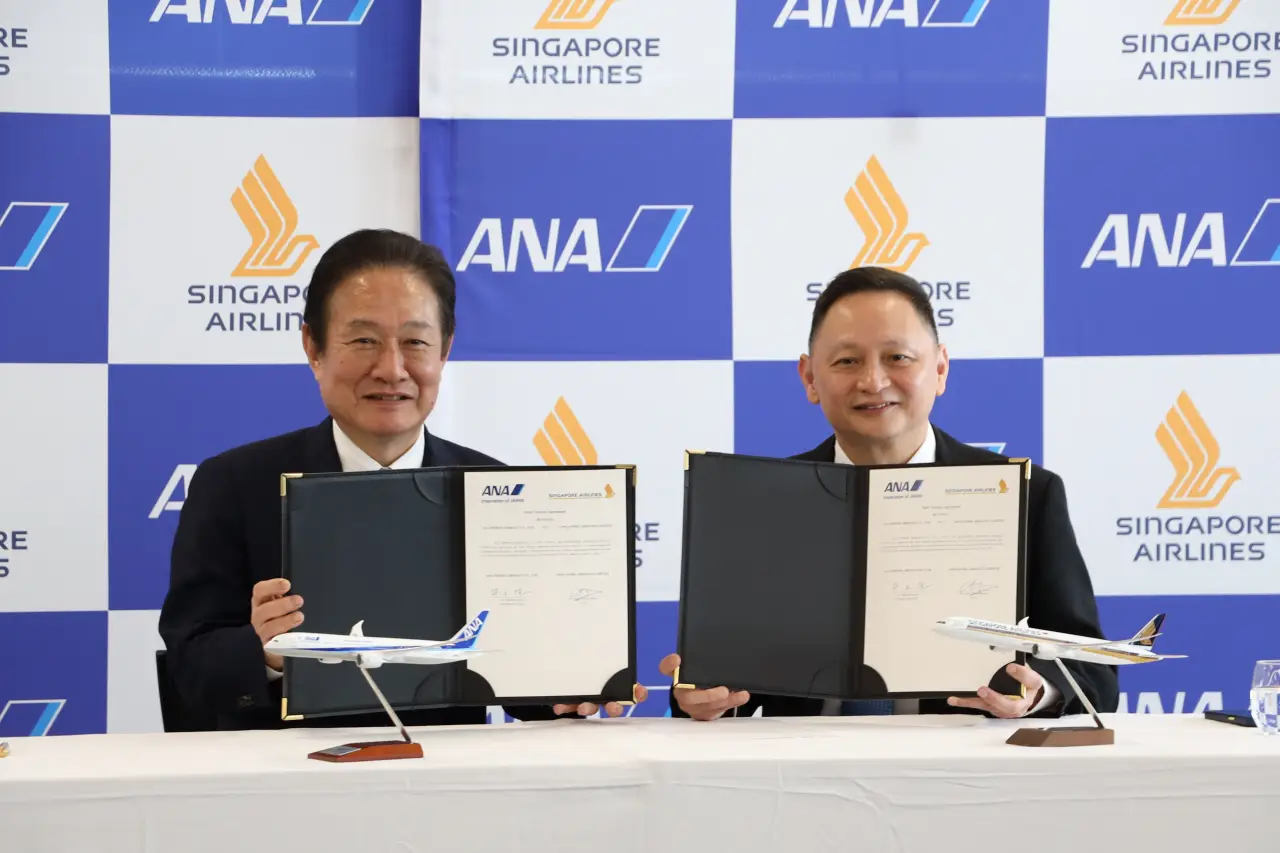The Open Doors Organization (ODO) today released the findings of its 2015 Market Study on the spending trends and market scope of U.S. adult travelers with disabilities. “This new data,” says ODO Director Eric Lipp, “shows that the disability travel market has a greater impact than ever on the industry and the broader economy.”
In the past two years alone, more than 26 million adults with disabilities traveled for pleasure and/or business, taking 73 million trips. The study also shines a light on factors still holding back the market. Twenty-five years after the signing of the Americans with Disabilities Act, many barriers to access still remain in air travel, hotels and restaurants, although these have decreased significantly since the previous study in 2005.
The 2015 ODO study quantifies how much adults with disabilities spend on just their own travel—$17.3 billion annually, up from $13.6 billion in 2002. Since these individuals typically travel with one or more other adults, the economic impact is actually double, or $34.6 billion.
The nationwide survey, conducted by Mandala Research, LLC, is a follow-up to ODO’s groundbreaking studies of 2002 and 2005 on the spending trends and market scope of U.S. adult travelers with disabilities.
Like the 2005 ODO study, the new research shows businesses in the travel industry the extent and types of barriers the majority of travelers with disabilities still experience. Among adults with disabilities who have traveled by air, 72% said they encountered major obstacles with airlines and 65% with airports, down from 84% and 82% in 2005, respectively. At hotels and restaurants, the percent reporting obstacles—physical barriers, problems with customer service or communication barriers—has significantly decreased as well.
The 53-page report provides detailed findings not just on general travel patterns, frequency of travel and spending, but also gives specifics on cruise travel; ground transportation including ride share services; use of the Internet, mobile devices and assistive equipment; and the most popular destinations nationally and internationally.
Reflecting back on ODO’s earlier research and where the disability travel market is today, Eric Lipp notes, “When we carried out our first nationwide study in 2002, the goal was to wake up the travel industry to the importance of this mostly underserved market segment and give them hard numbers on which to base investment decisions. Now 13 years later, our economic impact is no longer a secret, especially in air travel. At large airports like Miami and Minneapolis St. Paul, airlines now must provide more than 1 million wheelchair assists per year. And as the Baby Boomers continue to age, you can be sure our market will keep growing for years to come.”
The survey was conducted online in January and February 2015 among a national sample of 1,291 adults with disabilities aged 18 or over. Disability was defined as having blindness, deafness or a condition that substantially limits one or more basic physical activities such as walking, climbing stairs, reaching, lifting, or carrying. Individuals who also have cognitive disabilities were included as respondents as well. To insure comparability with the 2002 and 2005 studies, Mandala Research used Harris Interactive (now Harris, A Nielsen Company), who had conducted the earlier research, to carry out the online poll.
The Open Doors Organization is a non-profit organization founded for the purpose of teaching businesses how to succeed in the disability market and make their goods and services accessible to people with disabilities. Mandala Research, LLC, who partnered with ODO on this study, offers a diverse range of travel market research products and services—along with expert analysis—to Fortune 500 companies, non-profit organizations, and government agencies.













